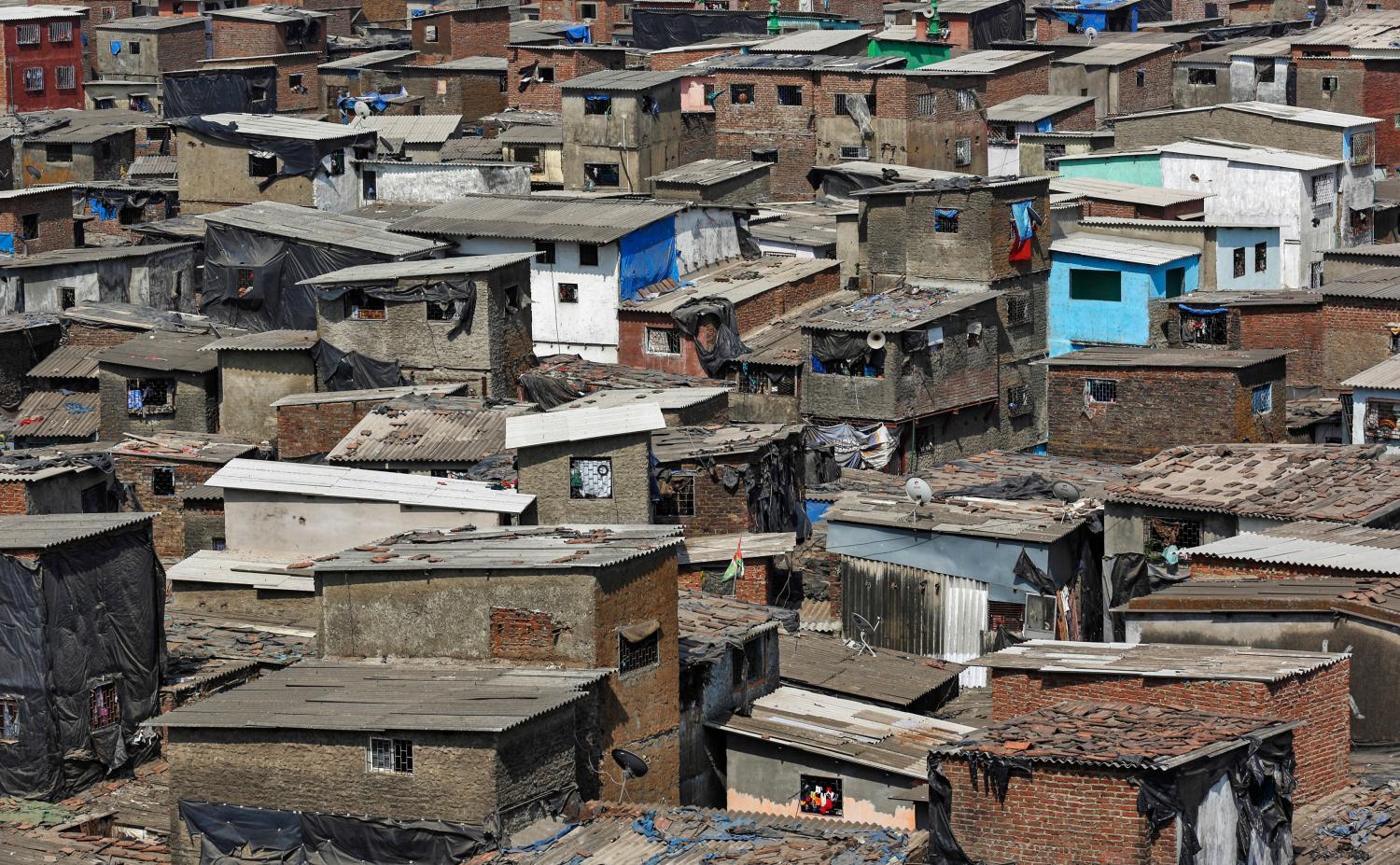Introduction
In September 2000, 149 heads of state and government endorsed the Millennium Development Goals (MDGs). With this endorsement they set themselves eight goals to be reached by 2015 (from the 1990 base), foremost of which is to halve the proportion of the world’s people who were absolutely poor. The MDGs provide a departure from past approaches in addressing poverty. By focusing attention on a core set of interrelated goals and measurable targets, it is now easier to track progress and measure the impact of development interventions.
On many MDGs, although not all, sub-Saharan Africa (SSA) as a region has recorded progress, even though the rate and pace of the region’s gains appear to lag behind other developing regions (United Nations, 2007). SSA faces a substantial shortfall in achieving the MDGs. Bridging the gap requires improved governance, increased public investment, enhanced productive capacity and economic growth, as well the creation of decent work. According to the UN Report, such strategies should adopt a wide-ranging approach that seeks to achieve pro-poor growth. This, in turn, requires comprehensive programmes of human development, particularly in health and education, as well as building productive capacity and improving physical infrastructure. In each case, an effort should be made to quantify the resources required to implement these programmes. Developed countries need to deliver on their various commitments to increase aid to SSA. Contrary to the spirit of Goal 8 (developing a global partnership for development, with targets for aid, trade and debt relief), ODA declined between 2005 and 2006, and was expected to fall slightly in 2007 as debt relief declined.
The last decade or so has, however, seen a radical criticism of foreign aid. This has been driven by the perception that foreign aid has not produced the desired or expected results. This perception is based on two premises. The first is that foreign aid can only raise growth in a good policy environment. This premise is mainly based on evidence from cross-country regressions (Burnside and Dollar, 2000; World Bank, 1998). Hence foreign aid can be a double-edged sword. Where the economic and political environment is right, it can be very helpful in supporting economic and social progress (Lancaster, 1999). Where it is not, it will have no positive effect and will be wasted at best. At worst, it can set development back through the potential negative economic and political impacts it may have.
The Brookings Institution is committed to quality, independence, and impact.
We are supported by a diverse array of funders. In line with our values and policies, each Brookings publication represents the sole views of its author(s).



